A well-structured online meeting platform is essential to ensure a smooth, efficient meeting experience. A platform should include features that allow participants to work effectively together, to capture ideas and tasks and share them with team members from remote locations. It should also provide tools for taking notes in real-time or sharing a whiteboard, as well as creating Kanban boards and mind maps to illustrate the progress of a project. The ability to schedule projects in advance, as well as the up-time and reliability of the platform are important aspects to take into consideration.
Skype, Zoom and Google Hangouts are the most used platforms for videoconferencing. Google Hangouts is a free tool that provides instant messaging, video calls with up to 10 persons, and collaborative document sharing. It can be used to host group meetings, webinars and video conferences. It is compatible with other Google applications and services, and offers HD video streaming as well as cloud recordings, screen sharing breakout rooms, and many more. Its interface is easy to use and simple, but it can be susceptible to audio and visual display problems, buffering delays and dropped calls.
Other features you should look for in an effective online meeting platform include the capability to create and manage a meeting agenda and to add participants. Some platforms allow you to drag and drop files directly into the virtual room. This is great for UX designers who want to use their wireframing tools in the same virtual meeting room, or software engineers who wish to send a link to a code repository or a new feature. Choose a platform that allows you to access documents websites, documents, and applications quickly. This will enable your team members to quickly pull up the notes of their project from previous meetings, or even their bug tracker without leaving the meeting.

